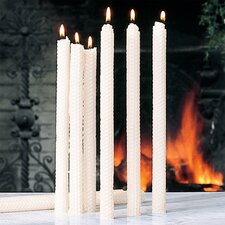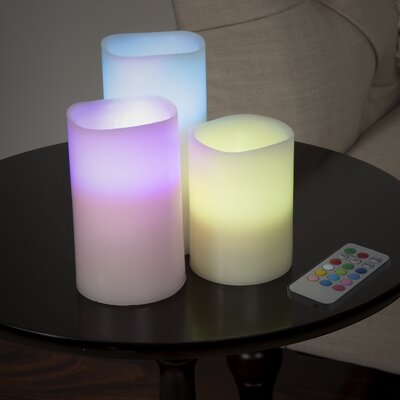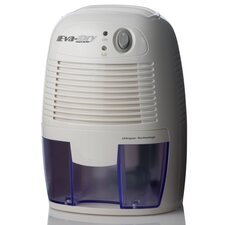Know when it's time to replace your smoke and carbon monoxide alarms
(NC) If you're like most homeowners, on more than one occasion you've found yourself looking around and thinking…“Have we really been in this house that long?”
 Along with the happy memories, and the dated paint or wallpaper, are two devices essential for your family's safety - smoke and carbon monoxide alarms. And just like the decorating, these too need a refresh every so often.
Along with the happy memories, and the dated paint or wallpaper, are two devices essential for your family's safety - smoke and carbon monoxide alarms. And just like the decorating, these too need a refresh every so often.
Smoke and CO alarms monitor the air non-stop with advanced circuitry and highly accurate sensors. They even self-check themselves continuously to make sure they will be ready should danger strike.
As they stand guard over the years they also have to contend with pet hair, dust, cooking grime and other airborne contaminants. So is it any surprise that, whether battery powered or wired into your home's electrical system, these potentially life-saving devices eventually need to be replaced?
To be certain your family is safe, check the age of all your alarms. Look for a date of manufacture sticker on the outside edge of the alarm or, for older models, on the bottom. You may need to unplug or remove the alarm from the ceiling temporarily to find it. Once you know the age, follow the guidelines of the National Fire Protection Association: Replace smoke alarms immediately if they are older than 10 years (or if you can't find a date of manufacture) and CO alarms if they were manufactured prior to 2009.
Canada's leading alarm manufacturer, Kidde, offers a complete selection of smoke and carbon monoxide alarms with the longest lifespan – a full 10 years.
To keep your family protected, follow these replacement rules whether your alarms are battery powered, plug-in or hardwired.






